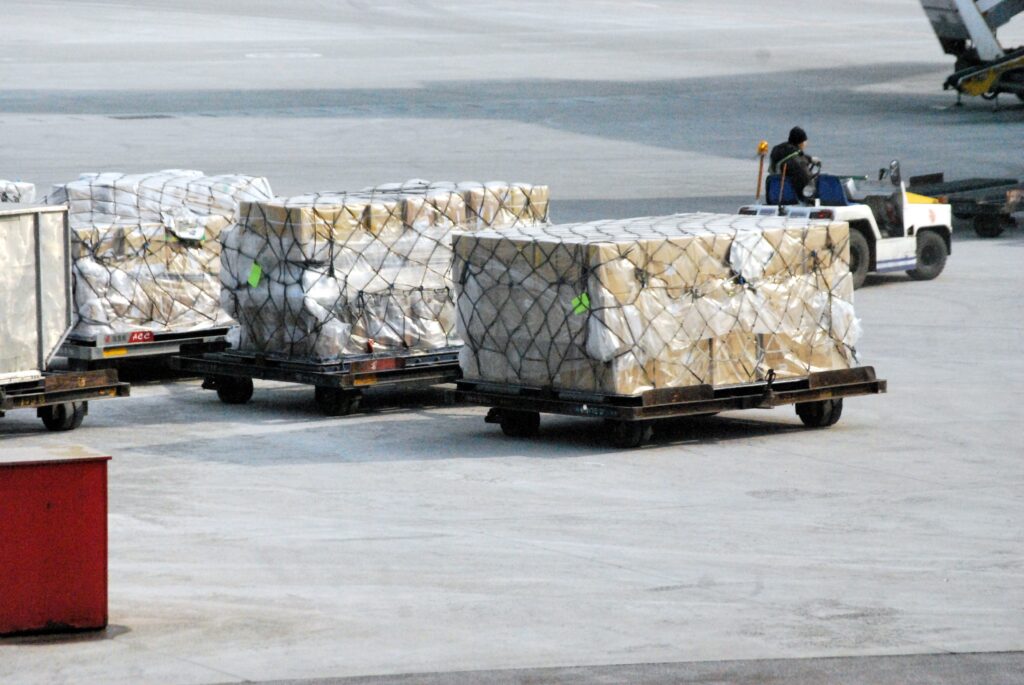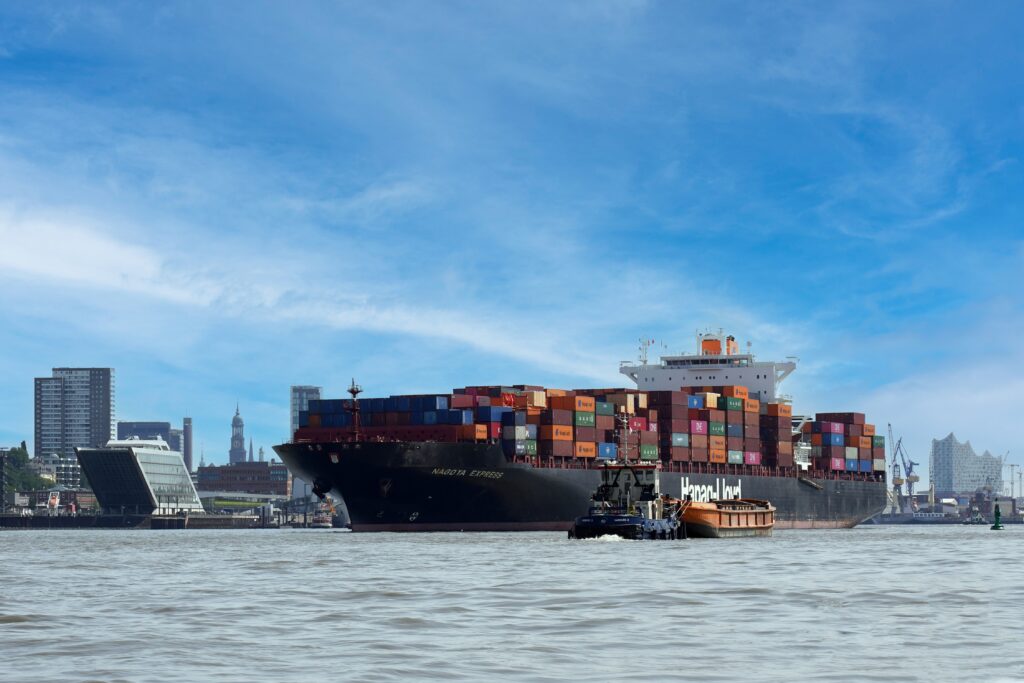The world of logistics is on the cusp of a revolution. The expansion of artificial intelligence (AI) into this essential sector is improving efficiencies and reshaping the entire landscape. With automation and predictive analytics, we are witnessing an industry evolution where the precision and speed of every link in the supply chain are reaching unprecedented levels. This transformation carries the potential to redefine customer expectations and lead to a sustainable future in the handling of goods. For logistics managers, tech enthusiasts, and business owners, the integration of AI is not just about keeping up; it’s a strategic move that ushers an era of innovation.
AI in Inventory Management
Automation of Inventory Tracking
The traditional approach to inventory management often wrestles with human error, inefficiencies, and the high cost of manual labor. Artificial intelligence has rewritten this narrative with its capability to recognize patterns and data anomalies and perform tasks accurately and at unmatched speeds.
AI-driven systems employ various technologies, such as RFID tags and IoT sensors, to track products throughout the supply chain. Machine learning algorithms can then analyze this data to improve inventory accuracy and provide real-time updates.
Automation results in more precise inventory levels, with the added benefit of freeing human employees from mundane counting tasks to focus on more complex and customer-centric activities.
Predictive Analytics for Demand Forecasting
Anticipating what customers will buy and when has always been a puzzle for the logistics industry. AI, equipped with sophisticated predictive analytics, has clarified this challenge.

By analyzing historical data, market trends, and external factors, AI can forecast demand with a high degree of accuracy. This translates into optimized stock levels, reduced overstock, and the ability to meet customer needs without delay.
Furthermore, continuous learning allows AI systems to tweak their predictions based on real-time sales, ensuring that the stock aligns with current consumer behavior, even in unexpected events.
AI in Route Optimization
Efficient Route Planning Using AI Algorithms
The logistics industry relies heavily on transportation, making efficient route planning crucial. AI algorithms are tailor-made for this, capable of finding the most optimal paths that minimize time, fuel, and cost.
Sophisticated AI software considers numerous variables, including vehicle capacity, traffic conditions, and delivery windows. This results in optimized routes that are often beyond the capacity of manual planning due to the complexity and volume of data involved.
By constantly learning from new data, AI systems can adapt routes on the fly, ensuring that each delivery is as efficient as possible, contributing to substantially reducing fuel consumption and related costs.
Real-time Adjustments for Optimal Delivery Routes
Logistics is often unpredictable, making real-time adjustments a necessity. AI’s real-time route optimization is the logistical lighthouse that guides companies through changing operational landscapes.
With data streaming in from delivery vehicles and traffic monitoring services, AI can reroute shipments when faced with traffic jams, inclement weather, or other unexpected challenges. Doing so mitigates delays and ensures that goods reach their destination on time.
The result is not just in better service for the customer but also in a more agile and resilient supply chain capable of navigating the uncertain waters of global operations.
AI in Warehouse Operations
Automated Picking and Packing Processes
The roles of AI in revolutionizing warehouse operations are particularly dramatic. Human labor was once the standard, and automation and robotics now reign, with AI at the helm.
AI-driven robotic arms can accurately pick and pack products at speeds unattainable by manual labor, significantly reducing order fulfillment times. These systems adapt to various product shapes and sizes, making them versatile and efficient.

Warehouse personnel can work alongside these machines, focusing on quality control and process oversight, ensuring that every packed item meets the highest standards.
Inventory Optimization Through AI-powered Systems
Managing inventory within a warehouse—on shelves, in storage, and in transit—can be daunting. AI simplifies this by ensuring that items are in the right place, time, and quantities.
AI-powered systems analyze customer demand and warehouse capacity to optimize inventory placement. By reducing unnecessary handling and carrying costs and minimizing the travel time of warehouse personnel, these systems enhance efficiency and accuracy.
This approach to inventory optimization is not only beneficial to the immediate needs of the company but also environmentally responsible, minimizing waste and energy usage.
AI in Supply Chain Management
Enhanced Visibility and Transparency
AI’s ability to gain insights and visibility across the entire supply chain is critical. It enables stakeholders to monitor and track shipments in real time, from the supplier to the end customer.

AI platforms provide a bird’s-eye view of the supply chain, identifying bottlenecks or potential logistics disruptions before they impact operations. This transparency fosters better decision-making and the ability to provide more accurate delivery estimates to customers.
Enhanced visibility also means that stakeholders are more informed, leading to better coordination and a more responsive delivery chain.
Risk Mitigation and Real-time Monitoring
Supply chain management is rife with risk due to geopolitical changes, natural disasters, or pandemics. AI’s multi-faceted approach to risk mitigation employs strategic planning, real-time monitoring, and rapid response capabilities.
AI systems can analyze vast amounts of information to identify and mitigate risks before they escalate. By utilizing predictive analytics, supply chain managers can make informed decisions when disruptions occur, minimizing their impact on the overall operation.
This level of preparedness and adaptability makes supply chains more resilient and ensures that even during challenging times, customer service remains uninterrupted.
Case Studies
Examples of Companies Leveraging AI in Logistics Successfully
International shipping giant Maersk Line has employed AI to optimize its ship routes, saving millions in fuel costs while reducing the environmental impact. Their AI systems help ships take the most fuel-efficient paths by analyzing weather patterns and ocean currents.
Another success story is that of DHL, which has implemented AI to help predict shipment volumes and delivery times more accurately. This has allowed DHL to scale its operations effectively, meeting the needs of its rapidly growing e-commerce segment.
In retail, Amazon’s use of AI in inventory management and robotics in its warehouses has set a new standard for speed and efficiency, offering next-day and same-day deliveries to Prime customers.
Future Trends and Challenges
Predictions for AI Advancements in Logistics
Integrating AI with emerging technologies such as blockchain and the Internet of Things (IoT) is one area poised for significant growth. This fusion will likely increase efficiency and traceability throughout the logistics cycle.
Likewise, we can anticipate the development of AI systems capable of autonomous decision-making, further reducing the need for human intervention in routine logistics operations.
Addressing Concerns Like Data Security and Implementation Costs
As with any emerging technology, the entry of AI into logistics raises concerns. Security, particularly protecting sensitive customer data, is a paramount challenge that must be addressed.
Additionally, the costs associated with implementing AI solutions can be a deterrent for smaller companies. Knowledge transfer and skilled employees to manage and work alongside AI systems are also considerations.
However, these barriers are manageable. Collaborations between tech firms, logistics providers, and government agencies can lead to developing best practices and standards that help reduce these risks and costs.
Conclusion
Incorporating AI technology into logistics is reshaping the industry and its capabilities. From improved inventory management to intelligent route planning and warehouse operations, AI is driving unprecedented efficiency and customer satisfaction. Companies that adopt and adapt to these new AI-driven logistics trends stand to gain a competitive edge in an increasingly dynamic and demanding market.
As we look to the future, the potential of AI in logistics is boundless. While challenges remain, the industry is ripe for innovation that can lead to sustainable practices and profitable growth. The question is not whether AI will continue revolutionizing logistics but how we will harness its power to create a more agile, responsive, and customer-oriented supply chain for the digital age.
If you want to stay ahead in the logistics game, now is the time to explore AI technologies and how they can enhance your operations. The age of logistics AI is here, and the possibilities are as exciting as they are promising.